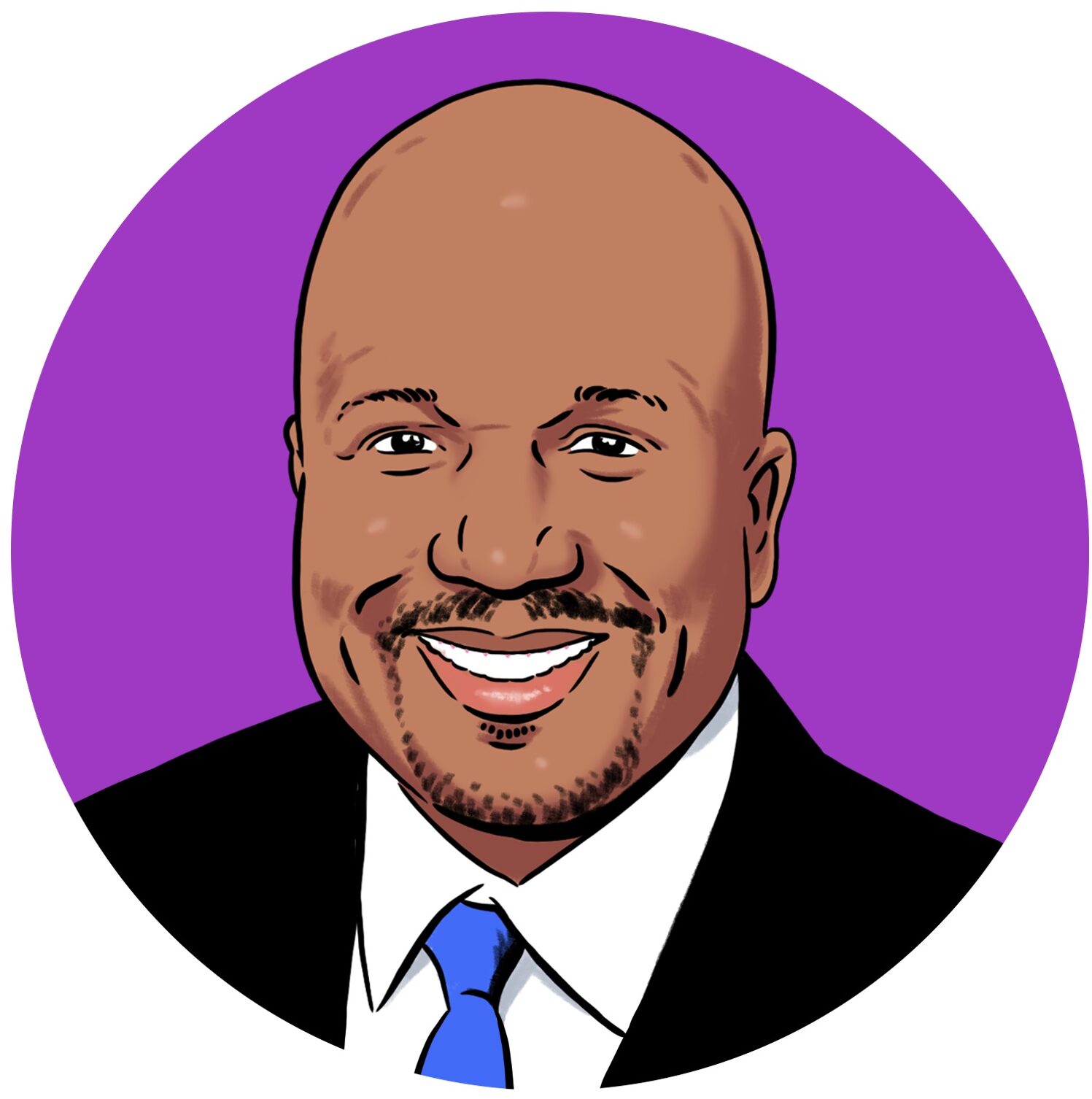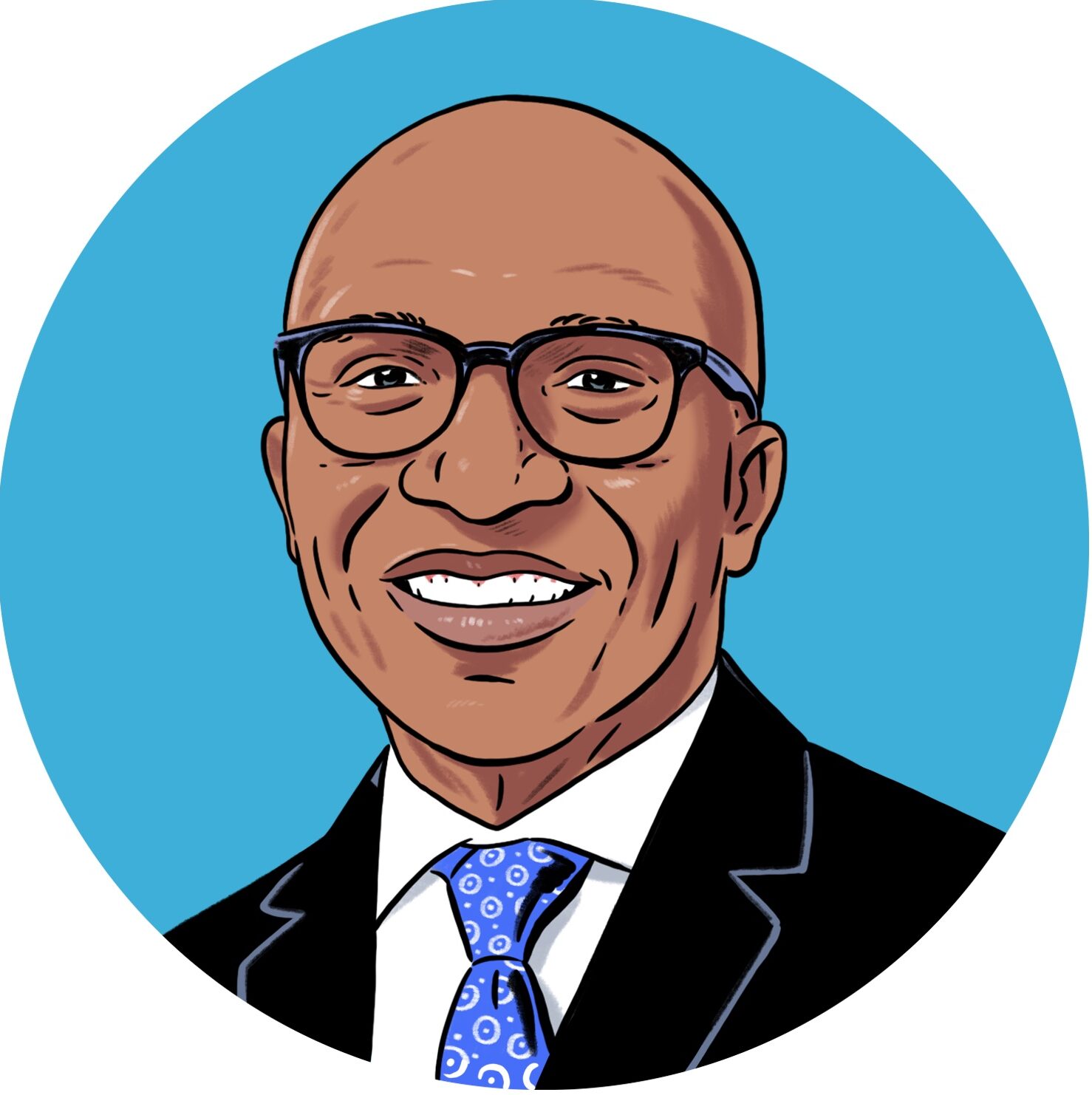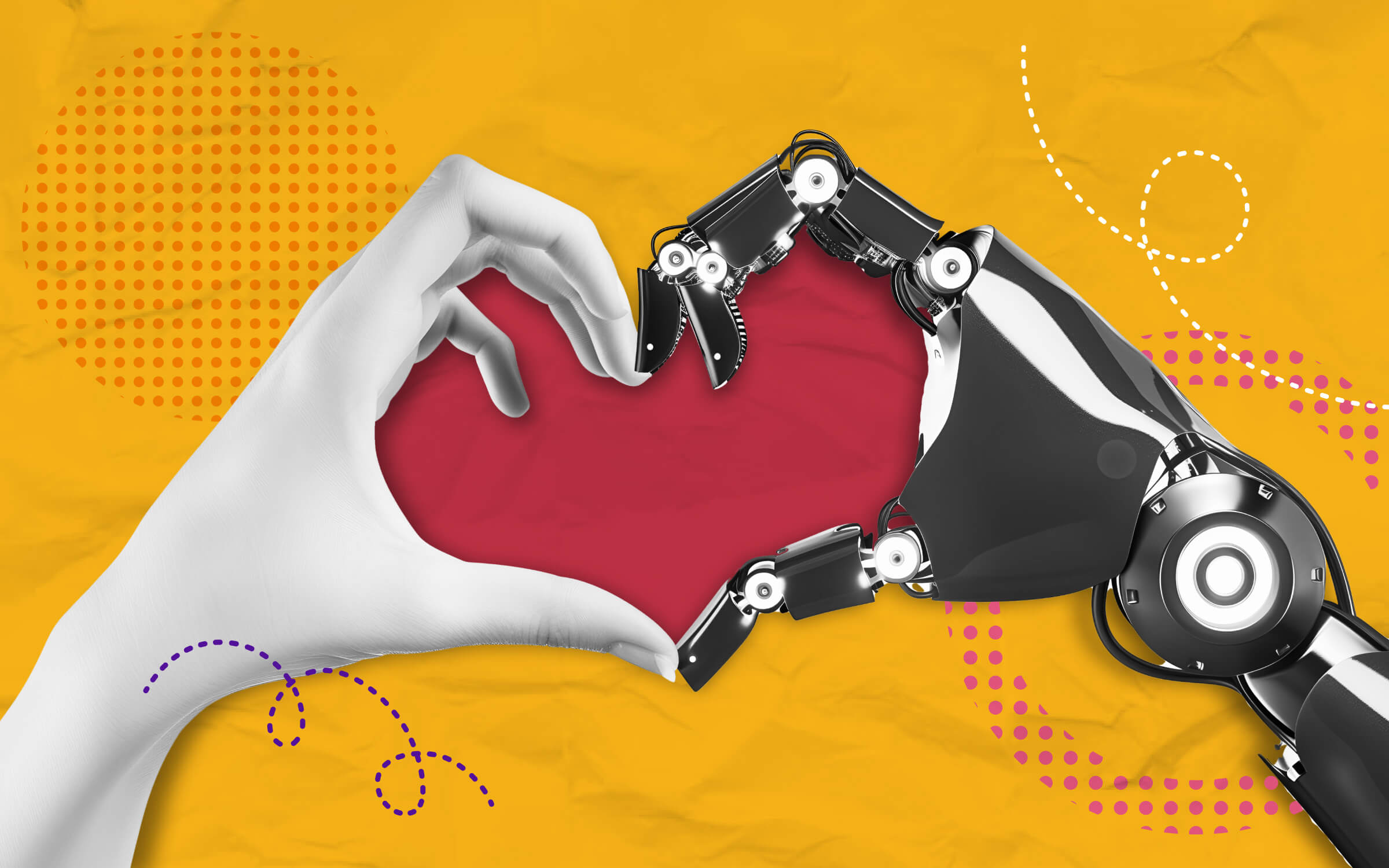Even today – perhaps even more so today – it’s not uncommon for colleagues to question or criticize DEI initiatives. Sometimes, that pushback comes from fellow executives or influential department heads.
How confident you are as a DEI leader in navigating conversations with DEI skeptics has a lot to do with two key factors: 1. how well you’ve quantified DEI’s impact on your organization’s strategic objectives and 2. how much support you have from the CEO.
We asked members of the Senior Executive DEI Think Tank – a criteria-based organization for DEI decision-makers at large companies, nonprofit organizations, and government agencies – to share their playbooks for responding to DEI pushback from internal sources. Consider the following.

Come to a Mutual Understanding
Ivan LeeDirector of Diversity, Equity, and Inclusion, Elastic
Share on LinkedInThis is a two-pronged approach. The first is to help people understand the direction of the organization: This is where we want to go and the impact we want to make. The second is to understand the person’s journey and how their alignment can create more value for them: “What’s in it for me?”
Now, are you with us?

Compassionate Clarity
Aubrey Blanche-SarellanoSenior Director of People Operations and Strategic Programs, Culture Amp
Share on LinkedInAnswer questions compassionately, while being clear that DEI is a non-negotiable priority at the company.

Bring Your Data
Kellie SaulsDirector of Outreach, Culture and Engagement, Teacher Retirement System of Texas
Share on LinkedInAlign DEI initiatives with individual and departmental goals. Share how DEI helps meet and support the goals.

DEI as Change Management
Eric Jo Johnsonformerly Director of Culture and Inclusion, VNS Health
Share on LinkedInAfter making change a part of the DNA of your organization’s culture, research suggests that people are less resistant to change when they are provided the authority to make decisions or share their opinion in regard to the proposed change regardless of role level.
DEI professionals must communicate why the change is happening, address and help reconcile what people are feeling emotionally in response to the change, and ensure the change happens in a form that doesn’t result in too many tasks being placed on people at once.
Last, there needs to be an ask for people to reaffirm expectations around certain DEI initiatives (e.g. beginning a declaration of the company espousing DEI) when appropriate and a push to put systems of accountability in place to ensure that pushback is mitigated.

It Helps to Have a CEO Who Walks the Walk
Ileisha SandersDEI Manager, Stanislaus County (Calif.)
Share on LinkedInLean on mission and vision, which supports DEI. Also, having continuous involvement in DEI initiatives from the CEO is helpful.

Don’t Dwell on DEI Pushback
Rodrigo CastejillaHead of Diversity, Equity and Inclusion, DWS Group
Share on LinkedInI listen, then share our organizational goals. Then I move on.

Capturing Data on DEI Pushback
Kevin WaltersSenior Director of Diversity and Inclusion Solutions, SilkRoad Technology
Share on LinkedInWhen I receive pushback from employees or senior leaders on DEI initiatives, I try to find out what the root cause of the pushback or concern is. My goal is to obtain data on the specific concerns the employees or senior leaders have with a proposed DEI initiative.
Several ways to obtain this data are by taking pulse surveys and meeting directly with senior leaders to gain their buy-in. All feedback, whether positive or negative, helps further engagement overall.

Make Your Workforce Aware of DEI Commitments, Progress
Jennifer GoodSenior Manager for Supplier Relations, Compliance, and Diversity, American Axle and Manufacturing
Share on LinkedInContinuous education and awareness are key. We work hard to make sure that our employees are heard, as well as senior leaders, but, ultimately, we need to work together to make progress.

A DEI Challenge Bigger Than Internal Pushback
Marisa GrimesChief Diversity and Inclusion Officer, U.S. Tennis Association
Share on LinkedInOftentimes, the biggest challenge is not pushback from employees or senior leaders—it’s getting everyone to feel ownership and accountability for embedding and driving DEI within their respective areas, rather than expecting that it is the sole responsibility of the DEI department.
We address this through education and initiatives that inform and empower our employees and leaders, but also through setting clear and measurable DEI goals at every level and across every function of the organization so that it is clear it is everyone’s responsibility.

Can’t Argue With Success
Ian BrownVice President / Chief Employee Experience Officer, Duke University Health
Share on LinkedInDemonstrate the business impact of DEI initiatives on business results.

Deal With DEI Pushback on a Case-by-Case Basis
Karen Perham-LippmanDirector of Diversity, Equity, and Inclusion, Jensen Hughes
Share on LinkedInThere are multiple strategies that are employed depending upon the individual or group – especially because DEI implementation is change management, and it is important to assess where folks and the organization as a whole are in their readiness to adapt and to go through a change process, regardless of whether an initiative is small or is a larger change that will happen over time.
This includes patience, education, effective communication, engagement of stakeholders, pilot programs, creating business cases, defining and implementing measures of success and building support through sharing outcomes, influencing leadership, involving everyone, addressing fears and misconceptions as they arise, and engaging my external network of DEI practitioners when necessary for another perspective or fresh ideas.






